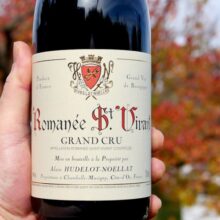
Product information
Domaine Hudelot-Noëllat Grand Cru ‘Romanée-Saint-Vivant’ 2021
Pinot Noir from France, Côte-de-Nuits, Chambolle-Musigny, Burgundy
$2,485
Description
The 2021 Romanée-Saint-Vivant Grand Cru is a real success, soaring from the glass with aromas of raspberries, peonies, exotic spices, loamy soil, orange zest and vine smoke. Medium to full-bodied, layered and concentrated, with a satiny attack and a seamless, sensual mid-palate, it concludes with a long, perfumed finish.
William Kelley, The Wine Advocate 94-95 Points BH 94
Only 1 left in stock
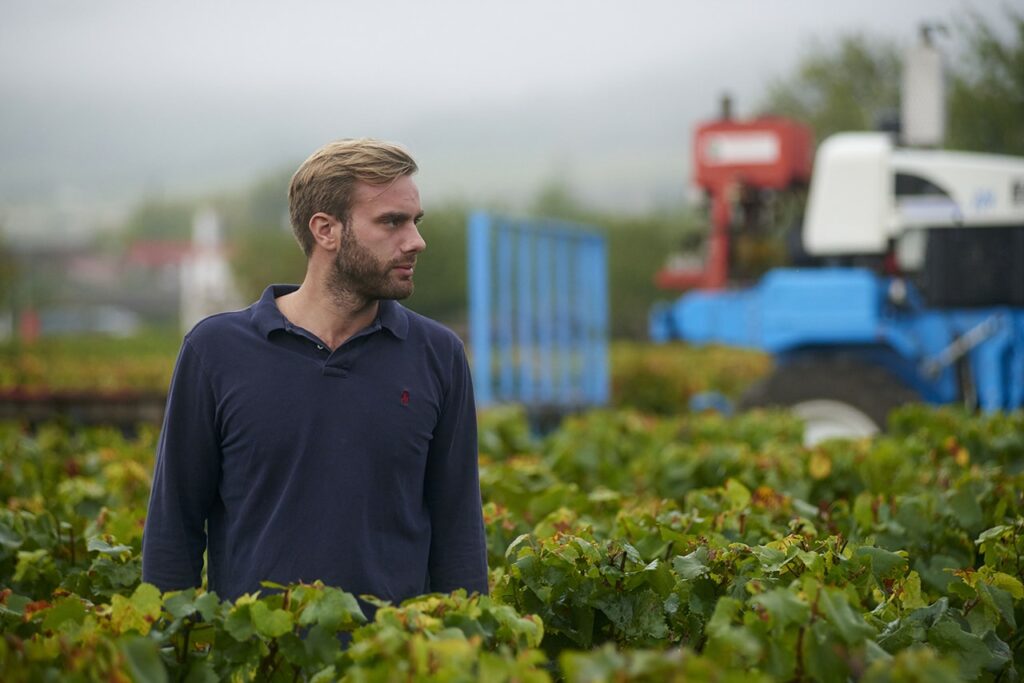






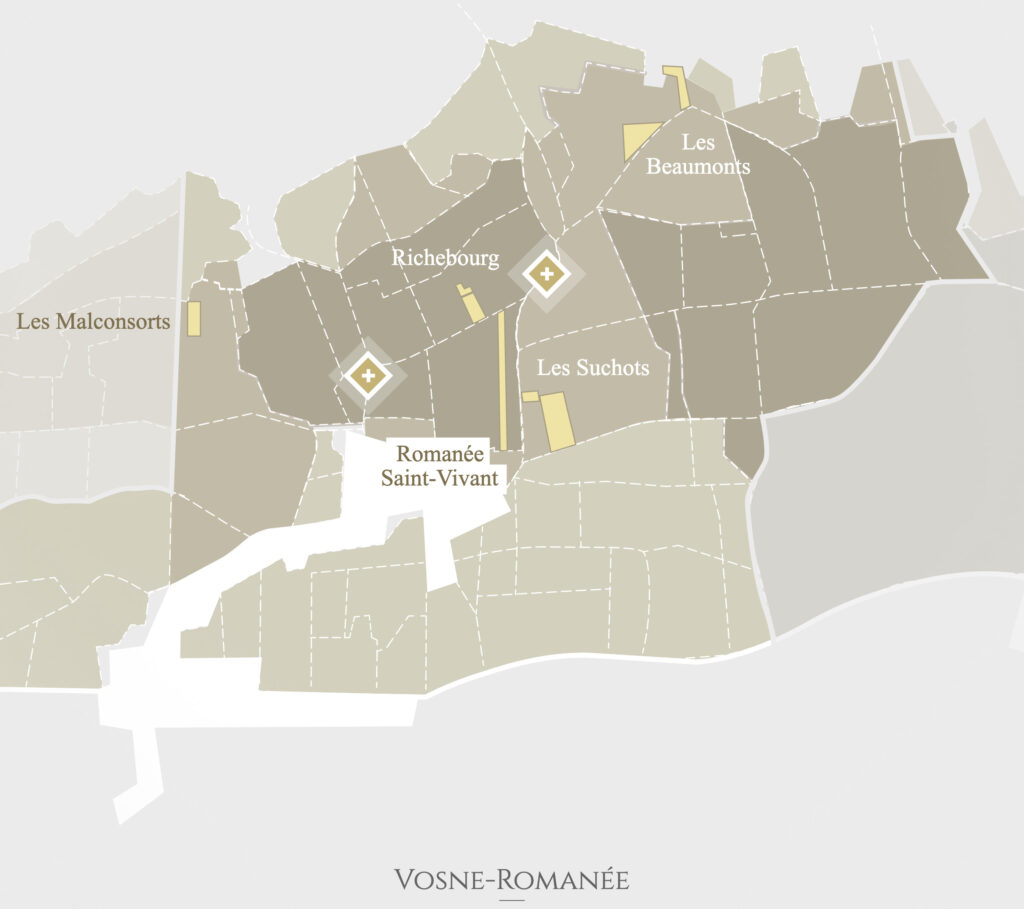
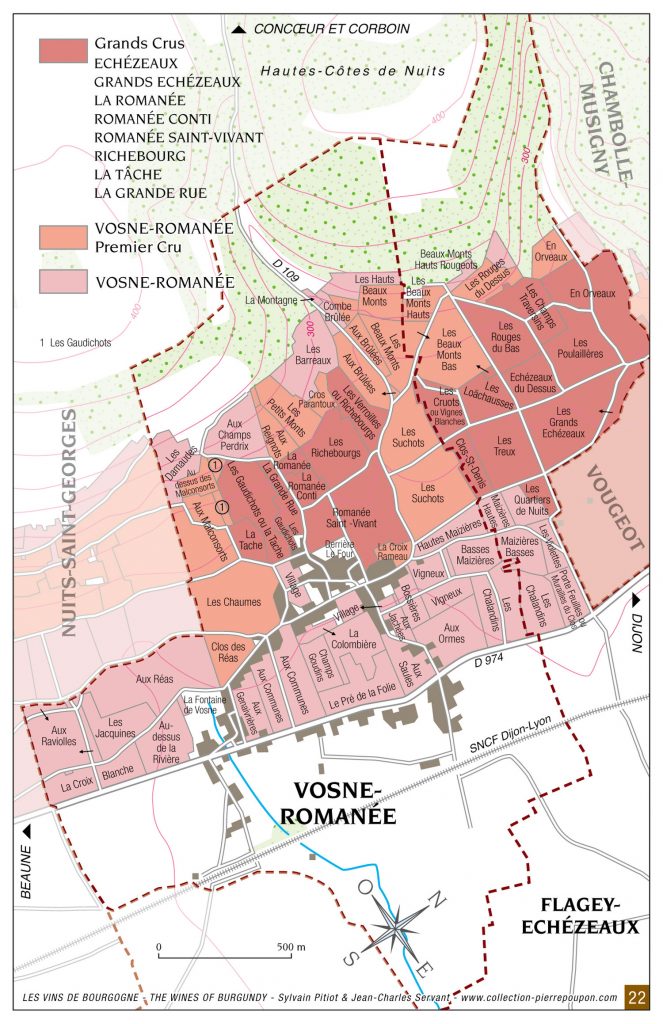

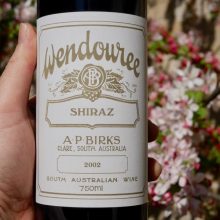
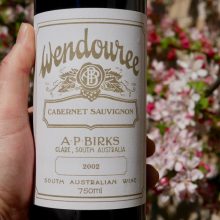
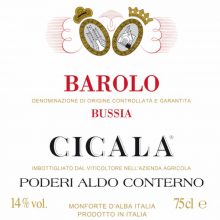
You must be logged in to post a comment.